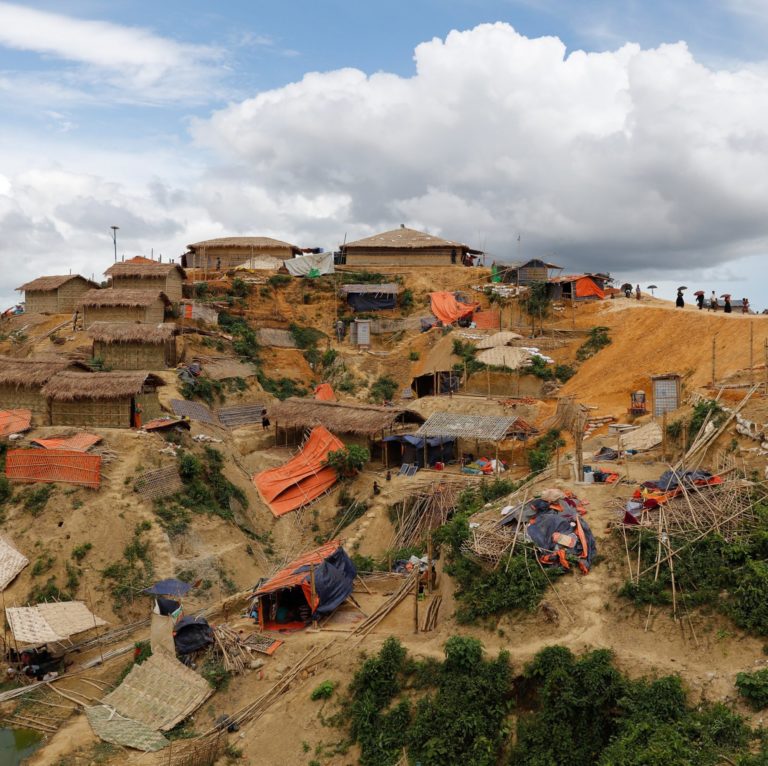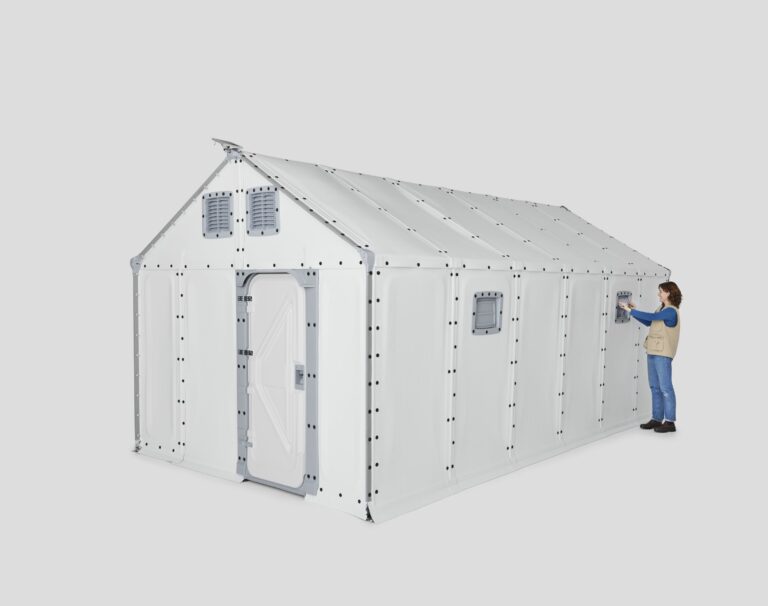Throughout 2024, we piloted our new shelter portfolio with humanitarian partners. They bring expertise in shelter and humanitarian response and have previously implemented our shelter system. Their experience offers valuable insights into what works and where improvements can be made.
We conducted two site visits to our test location in Noida, Delhi, to continue monitoring key parameters such as temperature, humidity, and wind. In July, we constructed the frame for the new shelter. We experimented with various materials to assess their ease of attachment to the new structure compared to the existing one, testing materials such as corrugated galvanised iron (CGI), wooden planks, and bamboo.
In December, we expanded testing to Gaziantep, Türkiye, in collaboration with CARE and IYD Relief.
These pilots play a vital role in shaping the new shelter portfolio: they help us gather detailed feedback on potential improvements, understand local perceptions, and evaluate locally available materials that can improve the shelters while ensuring cultural relevance and contextual appropriateness.
One such material is thatch: a natural, widely available resource in hot, humid climates, such as parts of India. When we added thatch to the roof, we observed a significant reduction in temperature inside our shelters. This cooling effect was further improved by spraying water on the thatch surface.
By conducting and documenting these field tests, we aim to develop evidence-based recommendations for partners working in regions with similar climates and material availability.
From our Global Compact Communication on Progress 2024




